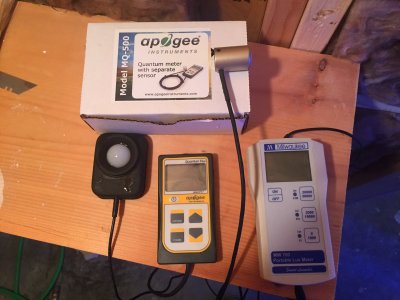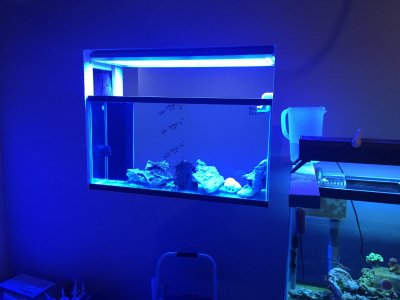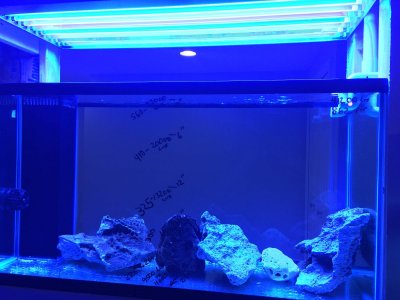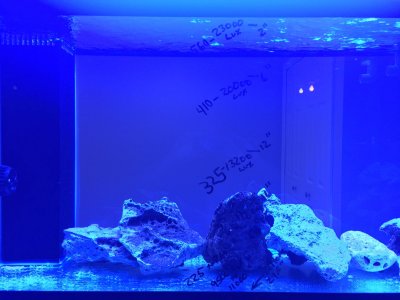


 There are always debates going on on how to convert lux into par.. What the real conversion factors are. What's lost in the blue spectrum conversion, how much par do lights actually produce, etc. I struggled with this for a long time before finally breaking down and buying a good par meter. The reason is, obviously, because good par meters are expensive, and lux meters can be had for a few bucks. But LUX can be converted, even with that possible error factor it's better then nothing. But I thought I would take the time to show some real world numbers for those who have lux meters and are curious, or for those trying to convert lux to par because they don't have access to a par meter.
There are always debates going on on how to convert lux into par.. What the real conversion factors are. What's lost in the blue spectrum conversion, how much par do lights actually produce, etc. I struggled with this for a long time before finally breaking down and buying a good par meter. The reason is, obviously, because good par meters are expensive, and lux meters can be had for a few bucks. But LUX can be converted, even with that possible error factor it's better then nothing. But I thought I would take the time to show some real world numbers for those who have lux meters and are curious, or for those trying to convert lux to par because they don't have access to a par meter.This is a new tank build, and there has been carbon running in the water via reactor for a month, so the water probably won't get any clearer than what it is here.
The PAR meter used is the new apogee MQ 500. (Said to be more accurate in the lower end of the spectrum because of the new "blue" and LED world we are in)
The LUX meter used is the Milwaukee MW 700 with waterproof probe. Both new and calibrated.
The lighting used is a new 54 Watt 8 bulb ATI sun power T5, dimmable. Running 100%, both channels. The bulbs are brand new and have been running in for about 2 hours.
ATI bulbs used, in order:
Blue plus
Coral plus
Attinic
Aqua blue special
Blue plus
Purple plus
Coral plus
Blue plus
(FYI for those curious, the purple and attinic are Channel one for now, as pictured)
I'm pretty impressed with this fixture. The bottom of the fixture is 9 inches above the top of the tank. Hopefully this distance will keep salt splash residue to a minimum.
Readings at the top of the tank, but out of the water. 9" - 41200 lux - 862 par
In the water:
2" - 23000 lux - 560 par
6" - 20000 lux - 410 par
12" - 132000 lux - 325 par
16" - 18000 lux - 300 par
24.5" - 9500 to 1100 lux - 225 to 260 par
Bottom (variation because of the rocks).
I currently have four different systems running. I'm slowly changing back to T5. For this soon to be, dominate SPS tank, I feel I can have better success, better coverage, and quite frankly it's cheaper up front. Also it's built inside of the wall so I'm not concerned about it being an eyesore.
I'll say that the T5 lighting doesn't lose nearly as much PAR depth wise than the LEDs that I have. I'm going to let these burn in for three days, and turn them down to where I'm hopefully around 400 par at the water surface, and 100 on the bottom. For the corals that I'm going to keep in here that should do just fine.
And as the saying goes, it's better to have it and not need it, then to need it and not have it.
Last edited:

















